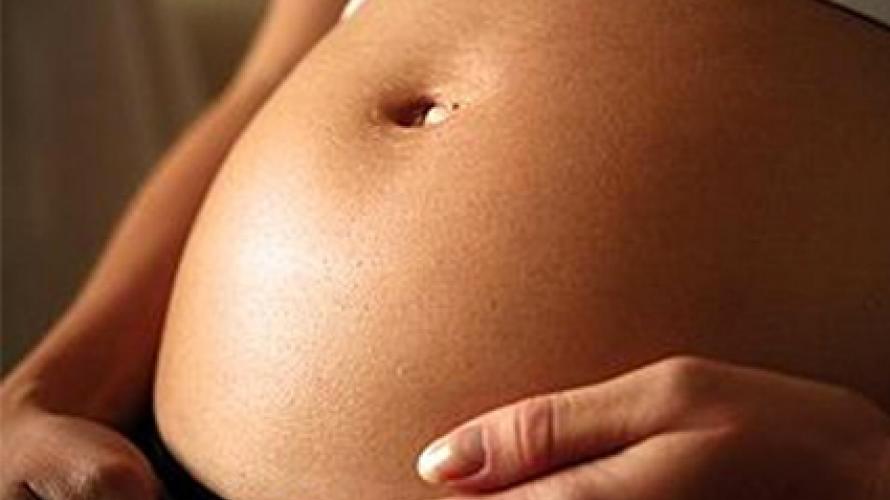
What is the study about?
This study looked at the prevalence and characteristics of women with spinal cord injury (SCI) who became pregnant during a one year period prior to the study. This study offers insight into the physical, social and demographic characteristics of women with SCI who become pregnant and important information to provide women with SCI and may wish to become pregnant.
What did the study find?
This study establishes the prevalence of pregnancy to be 2% in young women with SCI. It offers insight into the characteristics of women with SCI who become pregnant. Overall, about 2.0% of women reported pregnancy related symptoms in the past 12 months. Among women with the highest reported pregnancy were those injured 15 years ago and those that sustained injuries at younger ages. Researchers determined that there were 2 broad sets of interrelated factors that influence pregnancy outcomes: age and disability, including the physical, physiological and psychosocial effects of SCI encompassing women’s degrees of functioning and psychological adjustments. The highest prevalence of pregnancy was in women who sustained SCI at a young age. Compared with non-pregnant women with SCI, those reporting pregnancy were more likely to be married, have sport-related SCI, have higher scores for mobility and movement, and have a higher psychosocial status score. However, researchers noted some shortcomings with using a registry and the lack of detailed information about miscarriages, complications of pregnancy or birth outcomes (for example, premature or term births, cesarean deliveries), first-time pregnancies, if women have difficulty conceiving, pregnancy before SCI, or if women used assisted reproductive technology to conceive.
Who participated in the study?
Researchers held 3054 interviews with 1907 women who had sustained SCI aged 18-49 at 28 federally funded centers in the United States. Interviews were conducted between the years 2000 – 2013; interviews were held 1, 5 and then every 5 years post injury.
How was the study conducted?
The researchers used the US National Spinal Cord Injury Database (NSCID) to measure the frequency and percentage of women with current pregnancy, summarizing data across the years elapsed since injury, as well as per year. The NSCID has one question related to pregnancy that asks women about the hospitalizations in the last year relating to pregnancy or its complications. Researchers compared pregnancy rates to socio-demographic attributes (like age), cause of the SCI, pain level, neurological impairment, physical functioning and psychosocial well-being (self-reported depression symptoms and satisfaction with life). Researchers gathered descriptive statistics and analyzed data in order to identify factors significantly and independently associated with current pregnancy.
Reference
Iezzoni, L.I., Chen, Y., McLain, ABJ. (2015). Current pregnancy among women with spinal cord injury: Findings from the US National Spinal Cord Injury Database. Spinal Cord.